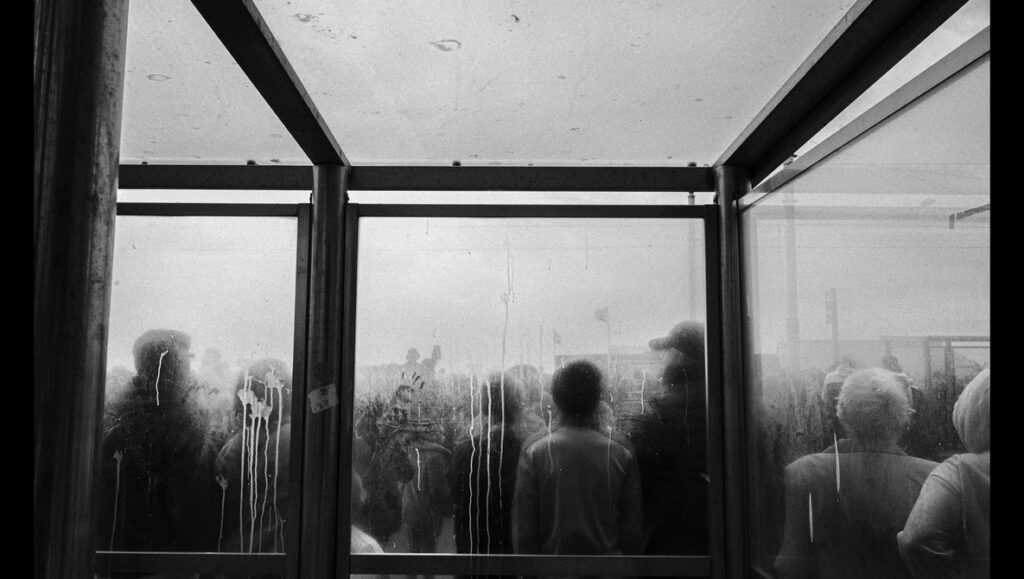
Black and white photography hinges on the effective use of contrast, a skill explored in detail by photographers Jeff Ascough and Sarah G Ascough in their latest instructional video. They emphasize how the right balance of tones can elevate an image from dull gray to one filled with depth and emotion. Through a focused examination of three essential tools in Adobe Lightroom—clarity, texture, and dehaze—they illustrate how these sliders can shape the final outcome of a photograph.
Understanding Key Adjustments
In the video, Jeff Ascough explains how clarity is crucial for enhancing midtones, allowing for structure and detail without overwhelming the image. He contrasts this with the texture slider, which fine-tunes elements such as skin, fabric, and the subtle play of light on glass. The dehaze tool serves a different purpose, increasing contrast in foggy or flat images; however, it requires careful application to avoid harshness.
Ascough demonstrates these concepts using a photograph from Blackpool. As he adjusts the sliders, viewers witness how slight modifications can affect not only contrast but also the overall mood of the piece. He begins by applying a profile to establish a solid black point, which is essential for preserving genuine shadows and avoiding a washed-out appearance.
Further into the editing process, Ascough employs a tone curve to manage highlights and refine exposure. Brushes become integral to his workflow, allowing for targeted adjustments throughout the image. He prioritizes authenticity over precision, likening the experience to traditional darkroom printing, where a handmade quality often trumps sterile digital perfection.
Crafting Emotion in Monochrome
The video transitions to a photograph taken by Sarah Ascough at a county show, showcasing a variety of subjects vying for tonal balance. Jeff applies a similar editing strategy, employing the same profile and emphasizing the role of clarity and texture in bringing animal fur to life without introducing unwanted artifacts.
He contrasts the use of curves with sliders, noting that curves provide smoother tonal transitions, while over-reliance on sliders can lead to undesirable gray patches. His careful brushing technique balances the scene, ensuring that the atmosphere remains intact while adding a medium grain texture that echoes the tactile imperfections of film photography.
This instructional video not only reveals the mechanics of Lightroom sliders but also emphasizes the importance of restraint in crafting compelling black and white images. Each step reinforces the distinction between technically correct photographs and those that resonate emotionally with viewers.
For those eager to dive deeper into the art of digital monochrome photography, Ascough’s video provides a comprehensive guide on shaping light without compromising the essence of film.
Alex Cooke, a Cleveland-based photographer and meteorologist, has also contributed to the discussion surrounding photographic techniques, bringing his unique perspective to the world of visual storytelling.







